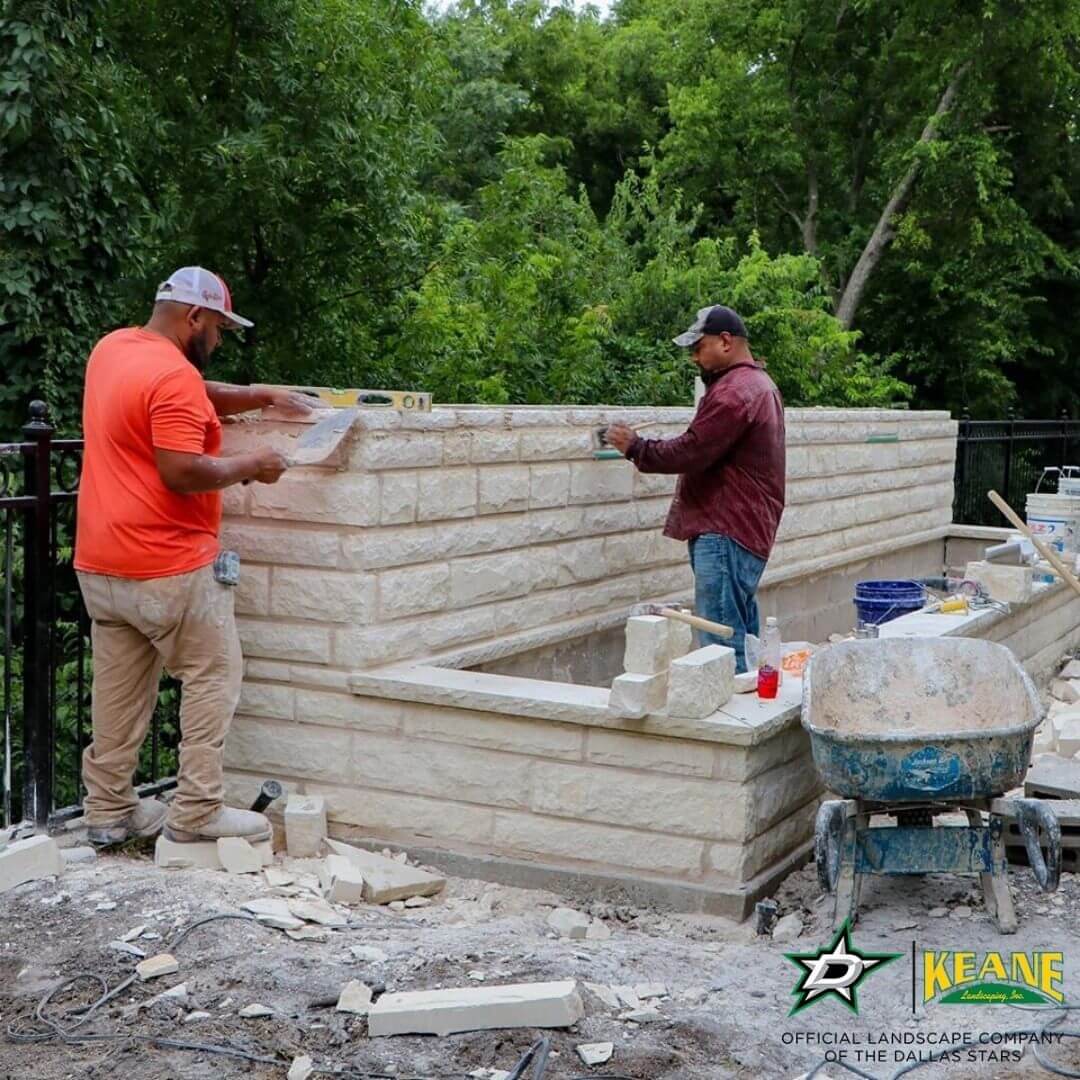Trustworthy Tuckpointing Services for Improving Block and Rock Surfaces
Trustworthy Tuckpointing Services for Improving Block and Rock Surfaces
Blog Article
Unlocking the Keys of Lasting Stonework Building Practices for Eco-Friendly Buildings
In the world of contemporary building, the pursuit of sustainable practices has come to be critical. Among the myriad approaches to environment-friendly building, lasting masonry building stands out as a time-tested and sturdy technique that holds a wealth of untapped possibility. From the option of materials to cutting-edge building and construction methods, the keys to attaining sustainability within masonry building and construction are diverse and intriguing. By discovering the advantages, products, strategies, and future patterns of sustainable stonework, a deeper understanding of how these techniques can form the future of eco-friendly structures arises.
Benefits of Sustainable Stonework Construction
Embracing sustainable stonework building techniques not just lowers ecological effect but likewise provides lasting financial benefits to home builders and areas. By making use of products like recycled blocks, obstructs, and rocks, builders can dramatically lower the carbon footprint of their jobs while promoting source effectiveness. In addition, sustainable stonework building methods, such as appropriate insulation and thermal mass properties, can enhance energy performance within structures, causing decreased functional costs in time.
Moreover, the resilience and resilience of masonry frameworks contribute to lasting financial advantages. Buildings built using lasting stonework techniques usually need less repair and maintenance, converting to set you back savings for builders and home owners. The longevity of masonry materials additionally makes sure that frameworks remain stable and secure, lowering the requirement for constant improvements or replacements.
Eco-Friendly Stonework Products
Using eco-friendly stonework products is a critical action in the direction of boosting the sustainability of building methods and reducing environmental effect while taking full advantage of long-lasting economic benefits. Sustainable masonry materials are sourced, created, and used in a manner that lowers overall ecological impact. Sustainable concrete obstructs include recycled aggregates and might feature improved insulation properties, contributing to power performance in buildings.
Moreover, natural products like adobe, rammed planet, and straw bundles provide superb thermal mass buildings, reducing the demand for home heating and cooling down energy. These products are commonly in your area readily available, advertising local economies and decreasing transportation-related carbon emissions. By choosing environmentally friendly stonework products, construction projects can substantially reduce their ecological impact and add to the development of much healthier, much more lasting constructed settings.
Energy-Efficient Stonework Techniques
Energy performance plays a critical duty in boosting the sustainability of masonry building techniques. One crucial energy-efficient masonry strategy is the use of thermal mass, which involves integrating thick products like concrete or brick into the structure's framework to absorb and store warmth.

Advancements in Sustainable Stonework
Current improvements in lasting stonework practices have actually caused cutting-edge strategies that are reshaping the construction industry. One such technology is the growth of self-healing concrete, which uses bacteria installed within you could try this out the concrete to recover cracks autonomously. This breakthrough not only lowers maintenance prices however likewise enhances the resilience of stonework frameworks, adding to their sustainability.
One more noteworthy development is making use of recycled aggregates in masonry building - masonry contractor. By including products such as smashed ceramic waste or recycled glass right into concrete mixes, building contractors can minimize the ecological influence of building projects while keeping structural integrity. This method not just diverts waste from land fills but likewise preserves natural resources, making it a crucial innovation in lasting stonework construction
Additionally, the combination of electronic layout devices, such as Structure Information Modeling (BIM), is revolutionizing the method masonry structures are prepared and constructed. BIM enables more accurate estimations, lowered material waste, and enhanced energy effectiveness, ultimately leading to even more sustainable building techniques. These innovations collectively signify an encouraging future for sustainable stonework building and construction in the age of environment-friendly buildings.
Future Trends in Stonework Sustainability
With the innovative strides made in sustainable masonry techniques, the future trends in stonework sustainability are poised to further transform the building market. Among the crucial trends shaping the future of masonry sustainability is the increased assimilation of innovation. Advancements such as Structure Info Modeling (BIM) and online reality simulations are being utilized to enhance stonework building and construction processes, resulting in lowered product waste and boosted power i was reading this effectiveness in structures.
In addition, the development of novel sustainable materials is readied to play a substantial role in improving the eco-friendliness of stonework building and construction. masonry contractor. Advancements like self-healing concrete, recycled aggregates, and bio-based binders are getting traction for their ability to lessen ecological influence while preserving architectural stability

Conclusion
To conclude, lasting masonry building and construction techniques offer many advantages for environmentally friendly buildings. By making use of eco-friendly products and energy-efficient techniques, masonry can add to an extra lasting constructed atmosphere. Technologies in sustainable stonework are constantly being established to better improve the ecological efficiency of structures. Looking in the direction of the future, the fad of masonry sustainability is expected to expand, leading to even concrete walkway designs more eco-friendly and energy-efficient construction practices in the years to come.
Report this page